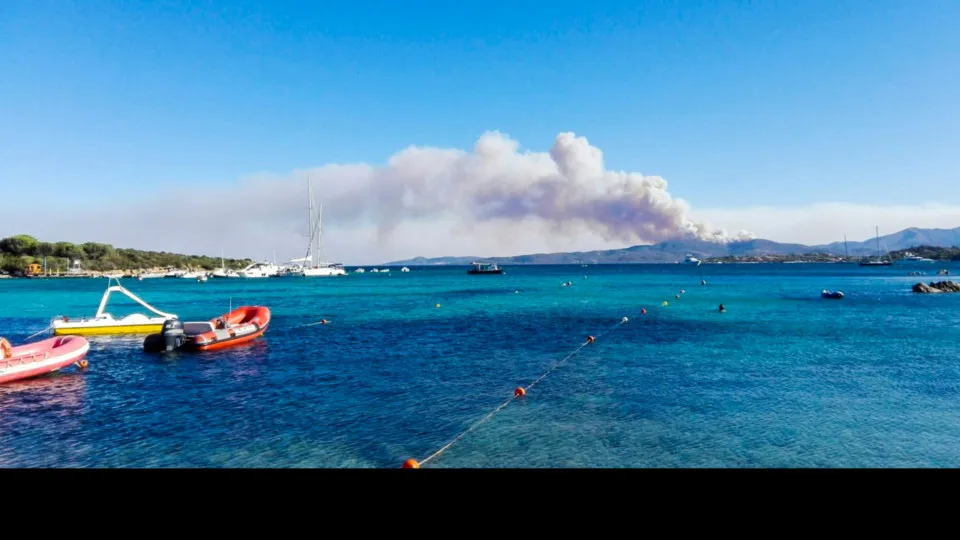Europe’s Mediterranean region is ablaze: wildfires in Sardinia forced beachgoers to flee by boat near Punta Molentis. In Greece and Turkey, soaring temperatures above 40 °C (104 °F) and strong winds fueled blazes across Crete, Evia, Kythira, and Bursa. Over 1,500 were evacuated, and up to 5,000 tourists fled resorts. International aid is mobilized as experts warn of an escalating climate-driven crisis.
At any given moment, our planet is always burning somewhere. Wildfires are a growing threat, and they have the ability to devastate communities and reshape entire ecosystems. While it's difficult to compute the exact number of wildfires that run rampant around the world, experts have determined that more than 350 million hectares (about 865 million acres) are burned every year, including croplands, forests, and grasslands.
Globally, wildfires add around five to eight billion tons of CO2 to the atmosphere annually. But why are certain regions more susceptible to such disasters? And how can nighttime make fires even deadlier? Click through this gallery to find out.



